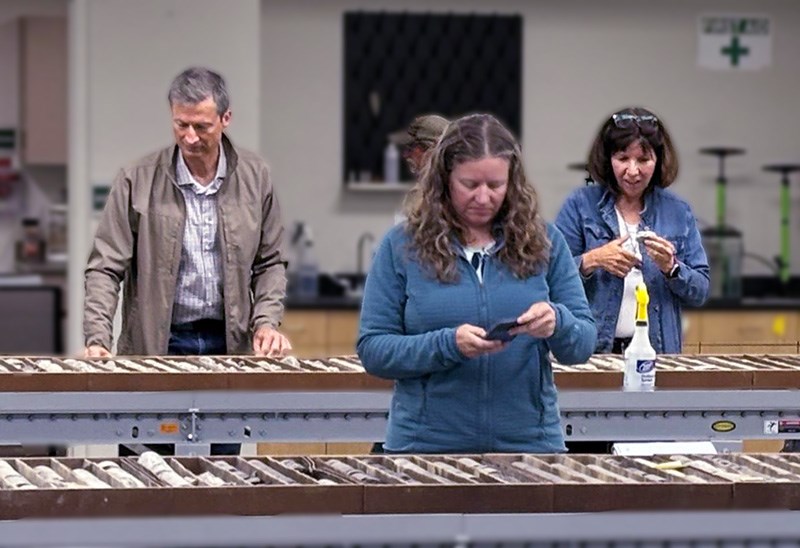
During the last week of July, the geological modeling team of the ARCCS project analyzed rock properties from core samples stored at the Geologic Materials Center in Anchorage.
The findings are expected to improve models that are used to determine which sites are suitable for long-term carbon storage, i.e. how CO₂ injected into the bedrock moves and stores underground.
To store carbon safely, the EPA requires models to prove that injected CO₂ will be contained for 10,000 years and not harm underground sources of drinking water.
About ARCCS: Led by the University of Alaska Fairbanks Institute of Northern Engineering, the Alaska Railbelt Carbon Capture and Storage project is a two-year study that looks at the feasibility of building a large-scale CO₂ storage site in Alaska’s Cook Inlet region. The $11 million project, funded by the U.S. Department of Energy, focuses on gathering surface and subsurface information on two prospective sites, with a goal of permanently storing at least 50 million metric tons of CO₂, and potential capacity of up to 246 million metric tons. Ongoing work includes seismic data acquisition, geologic and reservoir modeling, and risk assessments to support the permitting of injection wells.
2025
December
November
October
September
August
July
February
January
2024
December
October
September
August